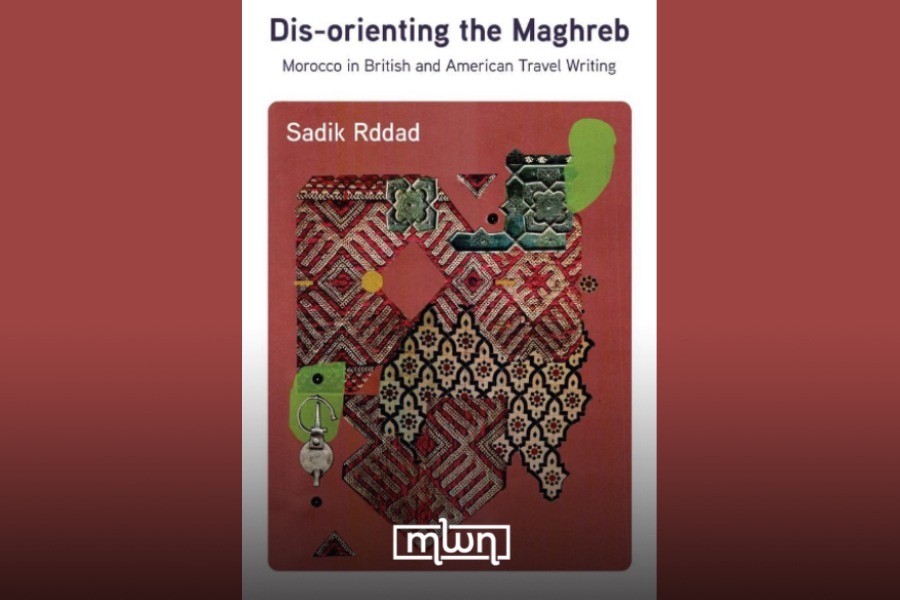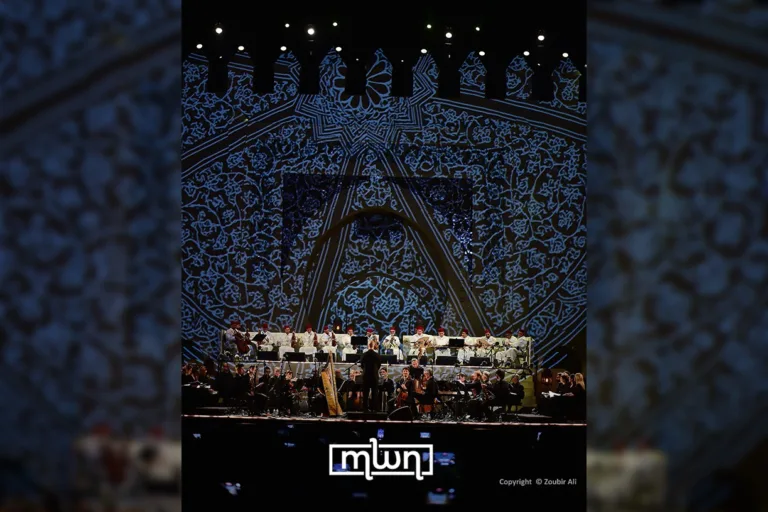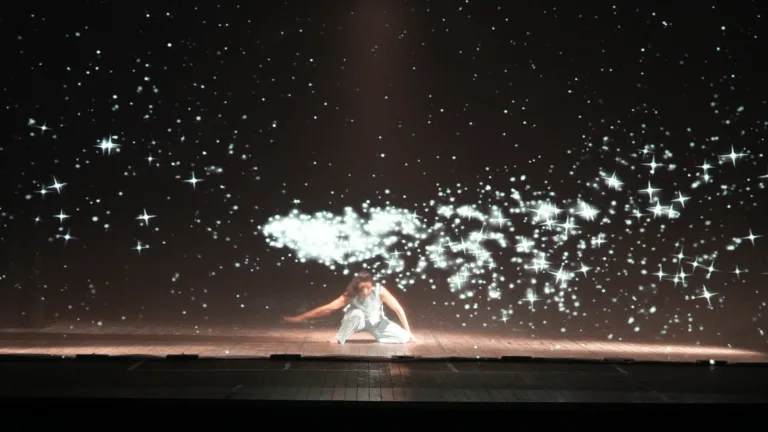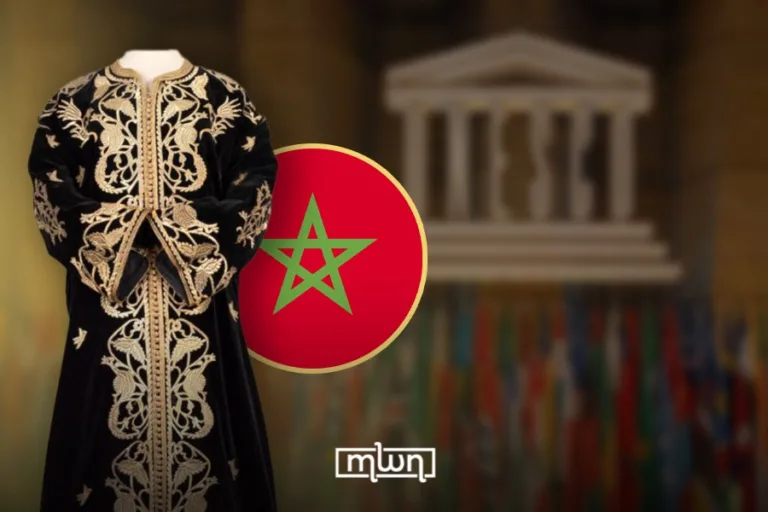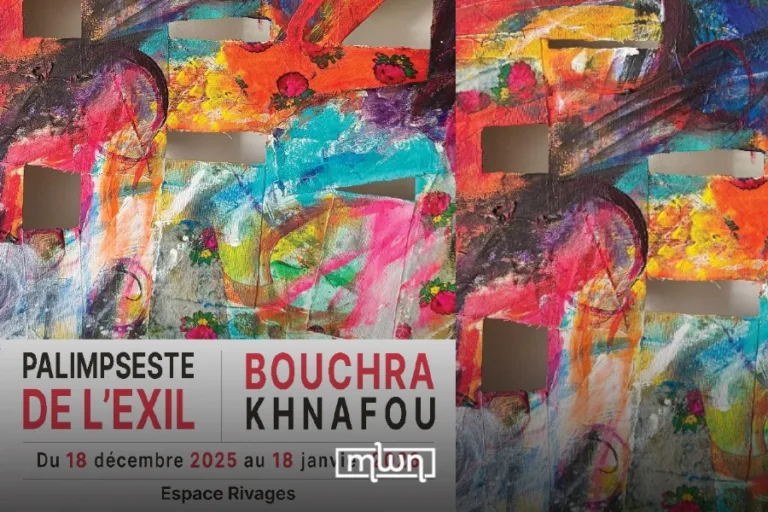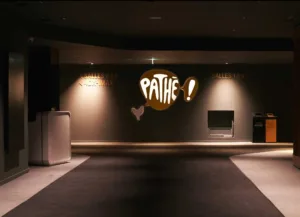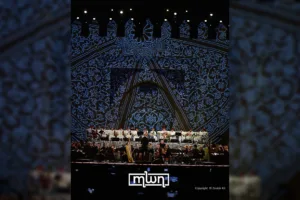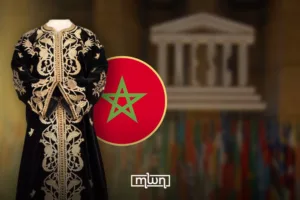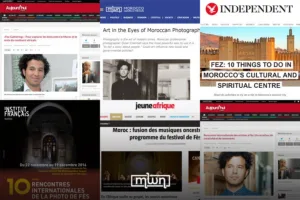Let’s talk about a new book that might just flip the way we think about travel literature.
Marrakech – Ever wondered how Western writers have shaped our ideas about Morocco? How their pen, not their passport, has defined how we see the Maghreb?
Well, Sadik Rddad’s “Dis-orienting the Maghreb” might just be the book you never knew you needed.
He’s not here for the cliches. Instead, he’s throwing a challenge to both readers and scholars, asking us to rethink the ways we’ve been fed these stories.
In a foreword by Ali Behdad, Rddad’s book is hailed as a much-needed corrective, offering a fresh perspective on Moroccan travel narratives — ones that have often been sidelined in favor of grand, sweeping ideas of Western dominance.
But what makes this book truly compelling? It’s not just about the geography or the travel stories themselves.
It’s about the shifts in how these stories were told, and why.
Rddad uncovers four major “turns” in travel writing on Morocco, each one challenging an old, stale narrative that hasn’t aged well.
If you’re expecting the same old tales of colonial nostalgia or orientalist views, think again.
The national(ist) turn digs into the mindsets of British writers like Philip Durham Trotter, who thought Morocco was a mere pawn in their national pride game.
Welcome to the secular turn, where Rddad digs deeper into the secular forces that shaped colonial thinking, illustrated by Frances Macnab’s “A Ride in Morocco”.
He then takes us on a journey through the transnational turn, looking at how the United States and Morocco exchanged ideas during the early 20th century, influenced by the tides of transnationalism.
But it’s the imperial turn that really hits home, with Edith Wharton’s In Morocco laying bare the anxieties of a discourse struggling between American nationalism and French colonial ambitions.
You can almost hear the internal conflicts echoing off the pages.
What Rddad is doing here is not just academic; it’s revolutionary.
By taking a hard look at the historical and ideological layers behind Western travel writing, he pulls back the curtain to show us how these narratives didn’t just represent Morocco — they constructed it.
And it’s not just about dusty old books that get pulled from library shelves.
This is about the way we engage with the world, the stories we tell ourselves, and the identities we craft through literature.
For anyone who’s tired of the same old exoticized tropes about Morocco, “Dis-orienting the Maghreb” offers a welcome shake-up.
So, why should we care? Because these shifts, these perspectives — they matter.
Rddad isn’t just talking about the past. He’s giving us the tools to deconstruct the narratives we’ve been handed for generations.
And in a world where storytelling is as powerful as ever, being able to read between the lines is the first step toward really seeing a place.
So, if you’ve ever found yourself wondering how Morocco became a symbol for so many different ideas — this book is your new best friend. You’ll never look at a travel book the same way again.
And yes, I’ll admit it — there’s something thrilling about finally reading a travel narrative that challenges everything you thought you knew.
Because sometimes, the best way to see the world is to first unsee the things that we’ve been told.

